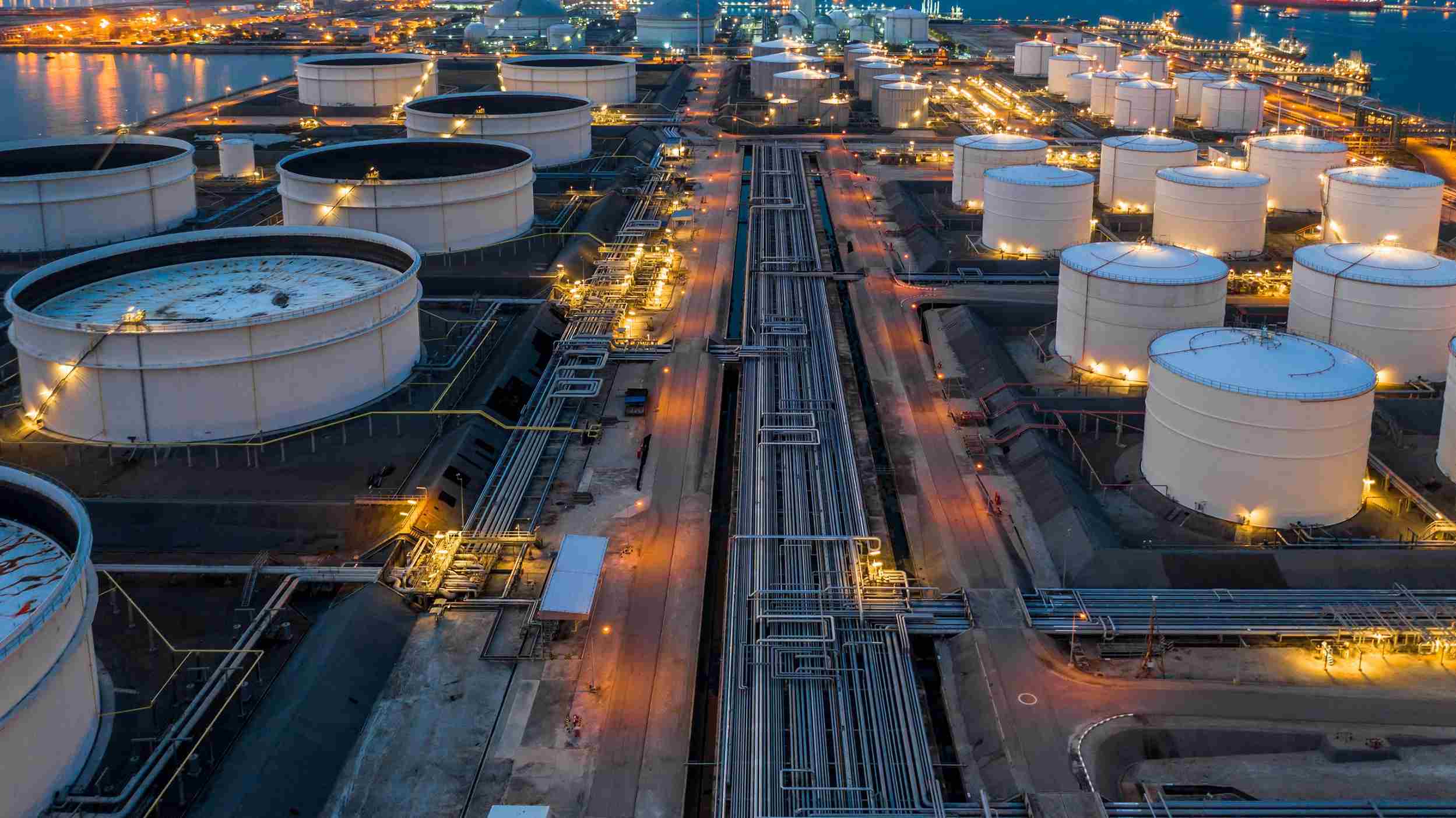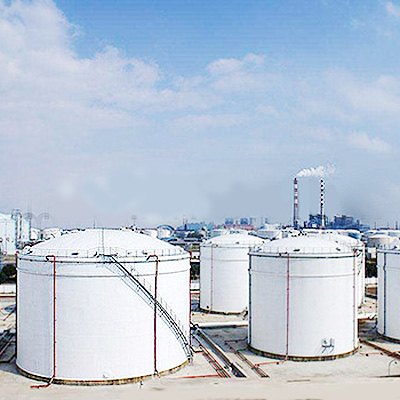The Connection Between API 650 Welding Inspection and Continuous Equipment Durability
Wiki Article
The Benefits of Welding Assessment for Improved Safety and Efficiency
Welding assessments are necessary for making sure that structures fulfill rigid market standards. They play an essential duty in determining defects early, therefore improving safety and minimizing the danger of catastrophic failings. Furthermore, these inspections can cause significant price savings by avoiding expensive repair services and downtime. As companies aim for improved efficiency and dependability, the importance of a durable examination process can not be overemphasized. What other benefits might arise from a commitment to thorough welding assessments?Ensuring Compliance With Market Standards
Ensuring conformity with sector requirements is vital for maintaining top quality and safety and security in welding projects. Sticking to well established protocols not just secures workers however also improves the longevity and performance of the last item. Welding assessments performed at different phases of the process help recognize any deviations from these standards, enabling timely corrective activities. This proactive strategy mitigates the risk of failings that could result from subpar handiwork.Compliance with industry standards fosters count on among stakeholders, consisting of clients, regulative bodies, and the labor force. It indicates a commitment to excellence and accountable practices, which can cause raised company chances and an one-upmanship in the marketplace - API 650 Welding Inspection. Regular inspections also guarantee that methods and materials used align with the newest technical developments and security policies. Ultimately, adherence to industry criteria is not just a governing need but a cornerstone of high quality guarantee in welding jobs
Enhancing Safety Through Early Detection of Issues
While the primary objective of welding inspections frequently centers on compliance, they play a vital duty in enhancing safety by allowing the early detection of flaws. Identifying concerns such as insufficient fusion, cracks, or porosity throughout assessments can significantly mitigate the danger of disastrous failings. Early discovery permits for timely treatments, making sure that faulty welds do not endanger structural honesty.Additionally, organized inspections foster a culture of safety within organizations by stressing the significance of top quality control. This aggressive approach not only secures employees but likewise safeguards the surrounding setting. Routine evaluations can disclose fads in issue event, permitting changes in welding methods and training programs to resolve underlying problems.
Welding evaluations serve as a critical safeguard, bolstering general safety and security and performance by identifying problems before they rise right into severe risks. This dedication to quality straight contributes to the durability and integrity of welded structures.
Reducing Costs by Stopping Failings
By implementing thorough welding assessments, organizations can efficiently lower costs connected with failures and revamp. The aggressive identification of flaws throughout the welding procedure lessens the danger of disastrous failings that can cause expensive repair services or substitutes. Early discovery permits timely interventions, which stops the acceleration of minor issues into significant troubles that strain resources and budget plans. Furthermore, by guaranteeing that welds meet defined criteria, companies can prevent delays in job timelines caused by the demand for comprehensive rework or added assessments later on while doing so. This not just conserves cash yet also boosts functional performance. In addition, an online reputation for top quality handiwork can lead to increased customer contentment and repeat organization, more contributing to financial security. In general, spending in welding assessments is a calculated method that promotes expense financial savings while guarding the honesty of welded structures.Improving Performance and Durability of Structures


Welding inspections play a crucial role in boosting the performance and long life of structures, as they verify that welds are executed to the highest standards. By identifying issues early in the welding procedure, assessments protect against weak points that can endanger structural honesty. This aggressive technique warranties that the products used satisfy required requirements, thereby maximizing their load-bearing capability and durability.
Consistent surveillance of welding methods contributes to the overall top quality of building projects. When welds are verified for compliance with sector standards, the possibility for exhaustion and failure with time is significantly decreased. Frameworks that are developed with properly inspected welds are likely to experience less maintenance issues and enhanced sturdiness.
Inevitably, extensive welding evaluations not only reinforce the prompt performance of a structure however also prolong its functional lifespan, offering lasting value to both end-users and home builders alike.
Promoting a Culture of Top Quality and Dependability
A dedication to top quality and reliability in welding techniques substantially contributes to the total success of building tasks. They foster a society that urges meticulous focus to detail and adherence to industry criteria when organizations prioritize these worths. This culture not only improves the skill degree of visit this website welders but also promotes liability and teamwork amongst all stakeholders involved in the task.
Routine welding examinations function as a foundation in this social shift, strengthening the significance of consistent performance and security steps (API 650 Welding Inspection). By executing extensive examination methods, companies can determine prospective defects early, mitigating risks and staying clear of expensive rework. A focus on top quality and reliability instills confidence among customers and companions, leading to more powerful relationships and boosted online reputations.
Ultimately, fostering a society of high quality and reliability in welding practices not only boosts task outcomes yet likewise assures lasting about his sustainability and success in the building and construction market.
Frequently Asked Inquiries
What Credentials Should a Welding Assessor Have?
A welding assessor must possess appropriate certifications, such as AWS CWI or CSWIP. In addition, they need to have experience in metallurgy, welding procedures, and evaluation strategies, along with strong analytical skills and interest to information for effective evaluations.

Just How Often Should Welding Inspections Be Carried Out?
Welding assessments must be carried out consistently, ideally after each substantial phase of the welding process. Additionally, periodic inspections should occur based upon job requirements, service conditions, and regulatory requirements to assure recurring top quality and security.What Equipment Are Made Use Of During Welding Inspections?
Welding inspections use numerous devices, including ultrasonic testers, magnetic particle testers, visual evaluation devices, and radiographic devices. Each device serves a certain purpose, making certain weld top quality and architectural honesty with extensive assessment and analysis.Can Welding Inspections Be Carried Out From Another Location?
Welding evaluations can certainly be carried out from another location using sophisticated innovations such as drones and specialized electronic cameras. These devices enable examiners to evaluate welding quality and integrity from a range, boosting performance and safety in different atmospheres.What Are the Common Kinds Of Welding Problems?
Usual sorts of welding problems include porosity, splits, insufficient blend, damaging, and slag inclusion. These flaws can endanger the honesty and strength of welds, leading to possible failures in like this architectural applications if not resolved properly.Welding inspections are necessary for ensuring that frameworks fulfill rigid sector standards. Welding assessments performed at different stages of the process help recognize any type of deviations from these standards, making it possible for prompt corrective actions. Welding examinations play a crucial role in boosting the efficiency and longevity of structures, as they verify that welds are implemented to the highest possible requirements. Welding examinations ought to be conducted regularly, ideally after each substantial stage of the welding process. API 650 Welding Inspection. Welding evaluations make use of different tools, including ultrasonic testers, magnetic fragment testers, aesthetic assessment devices, and radiographic equipment
Report this wiki page